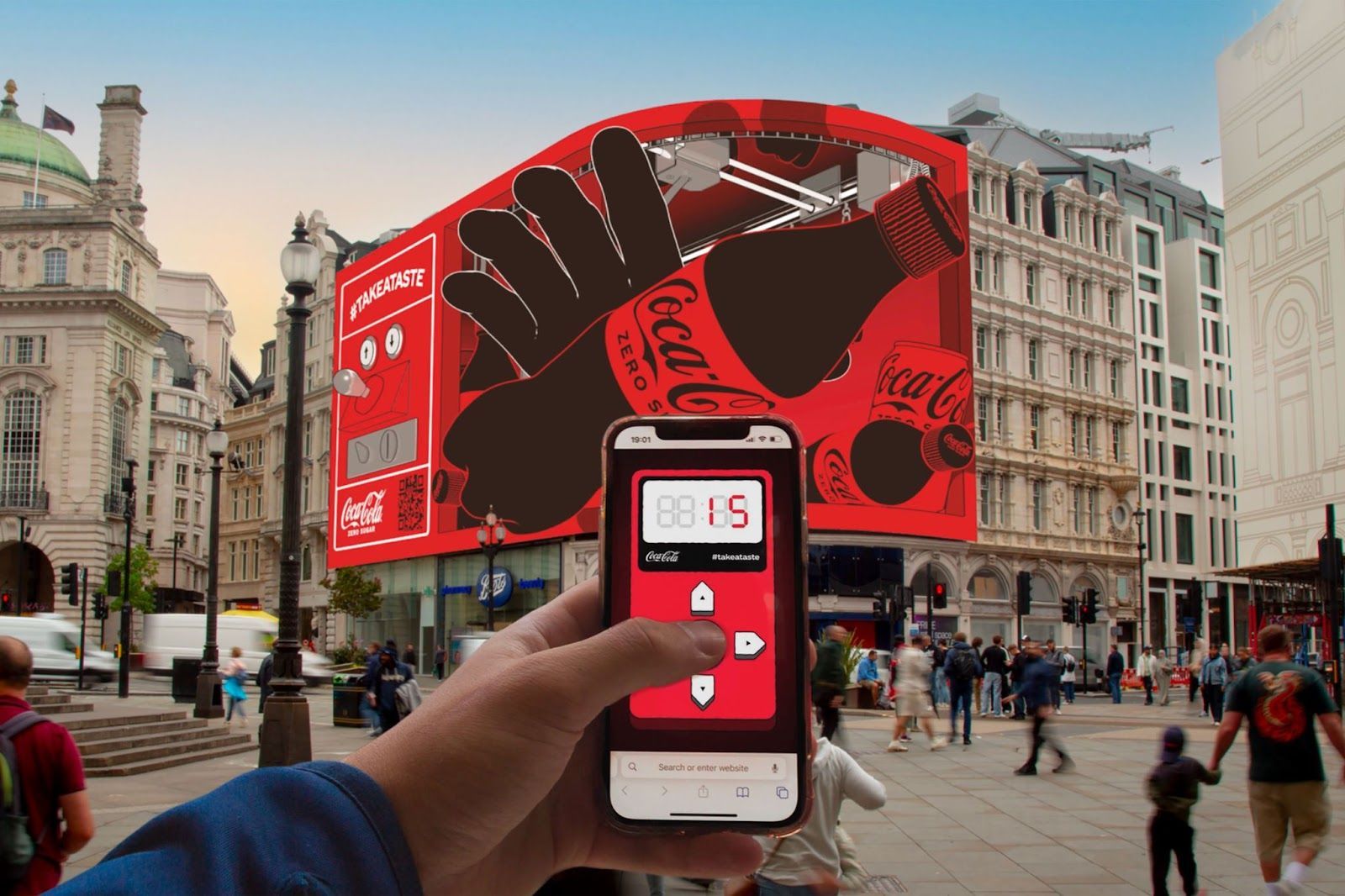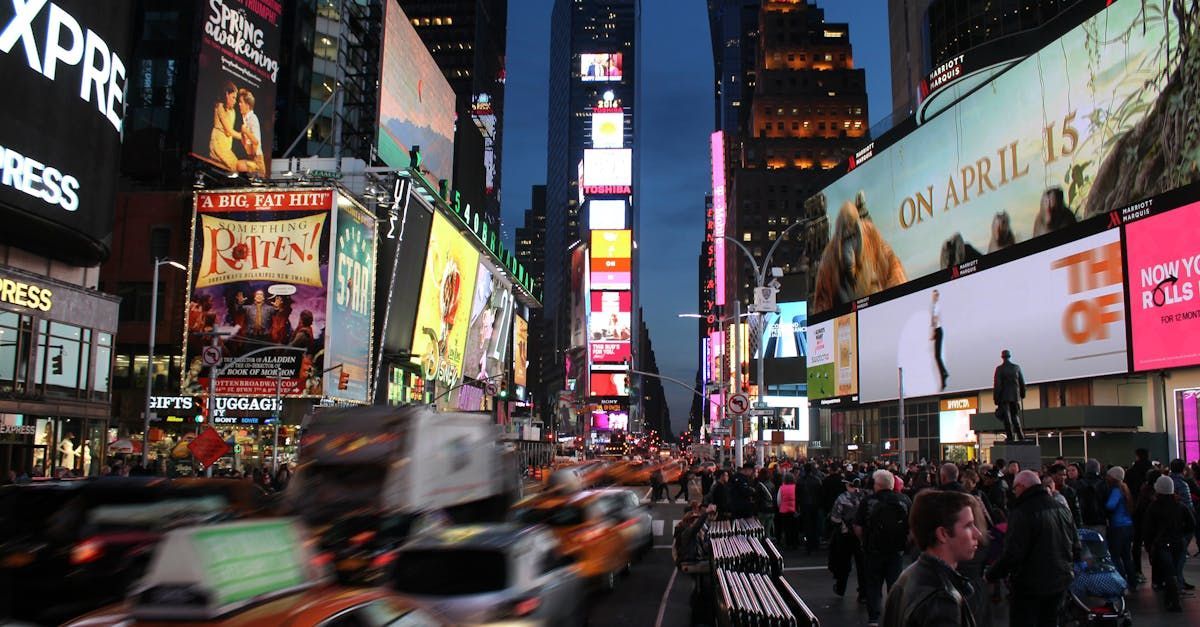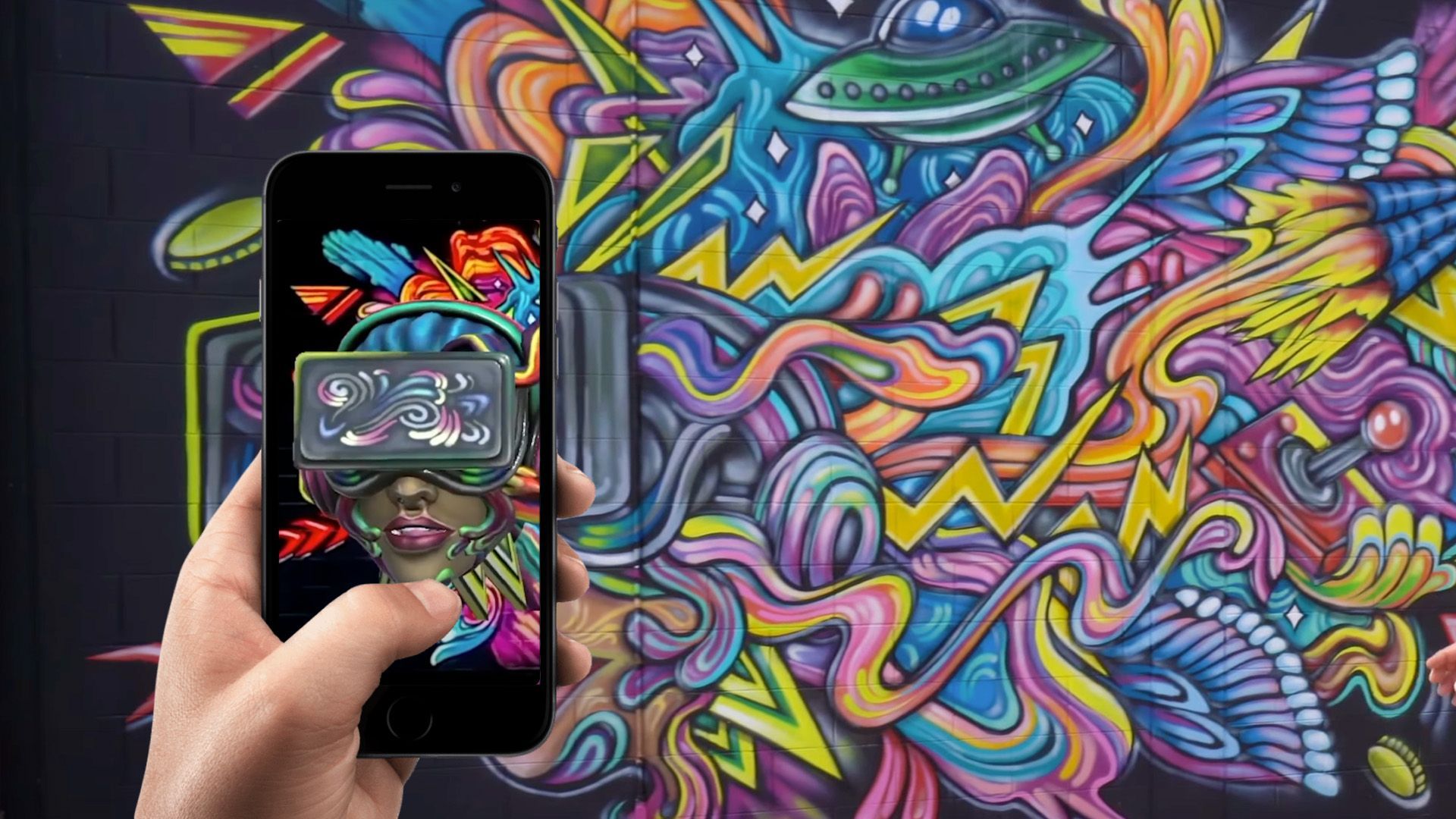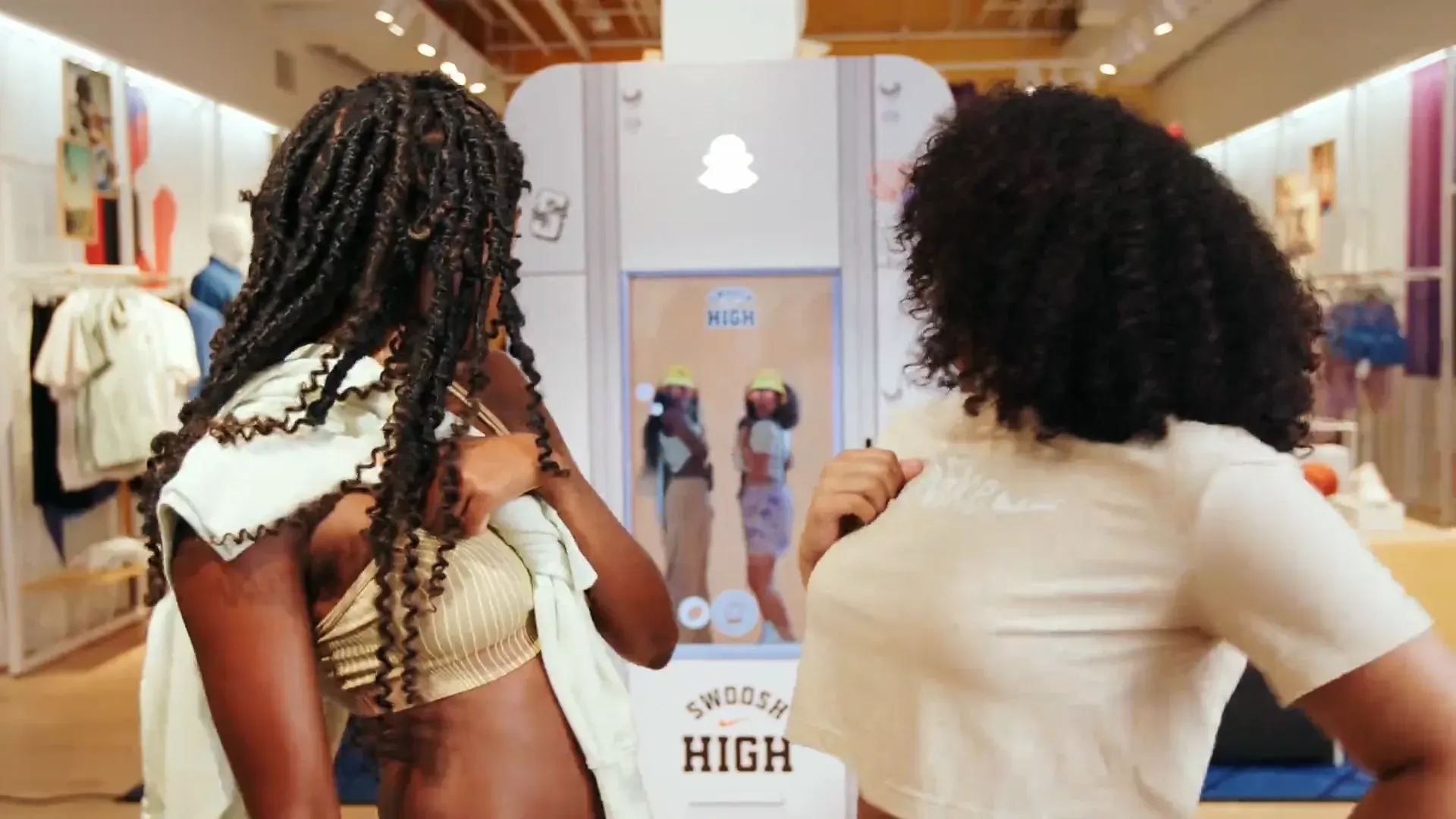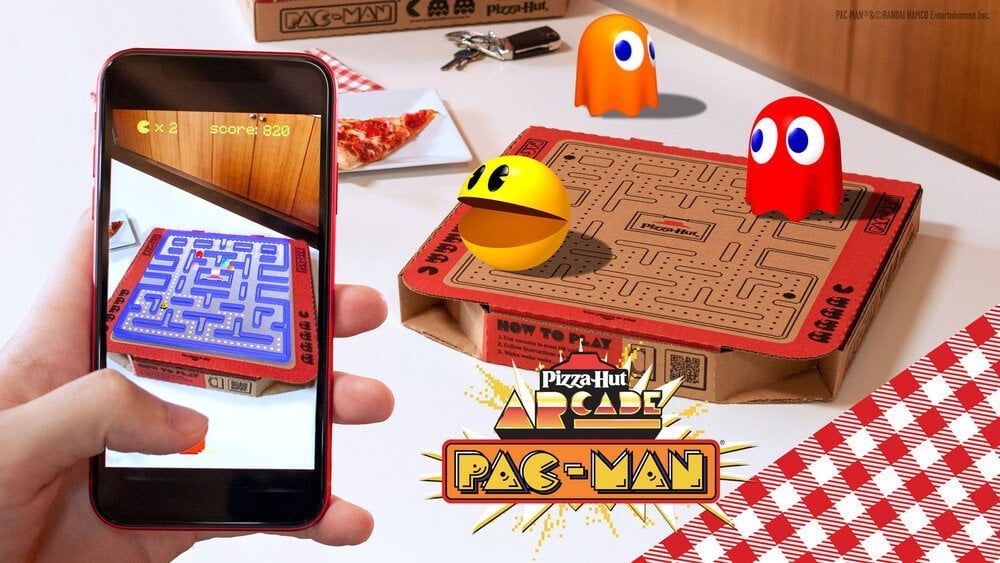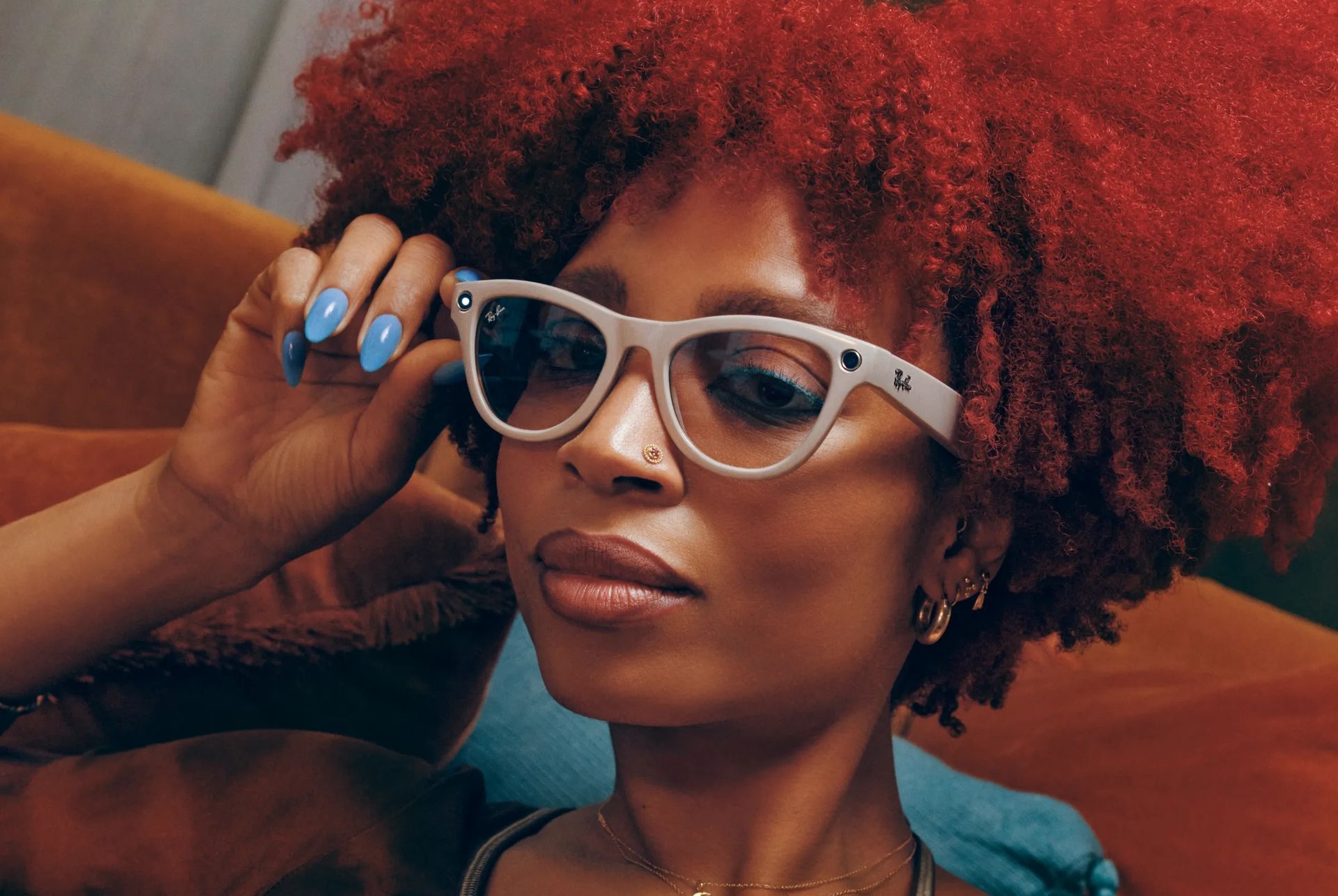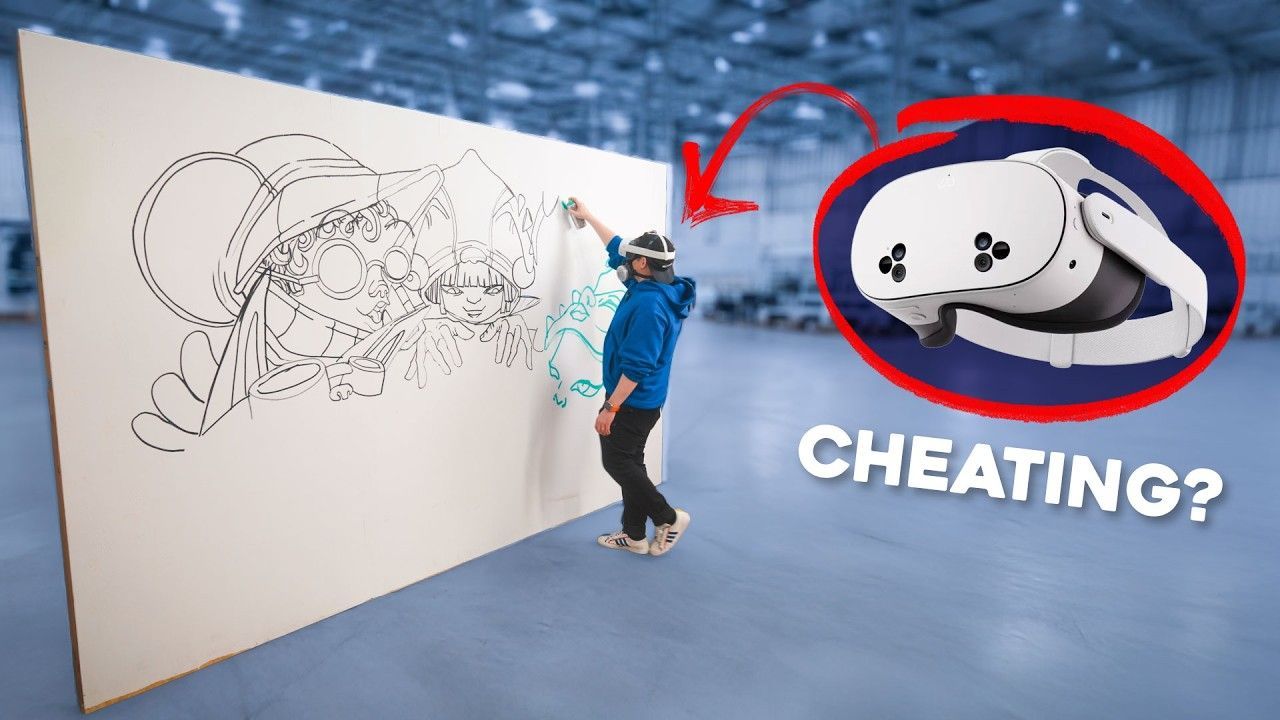Augmented Reality in Fashion: Transforming Retail with AR Mirrors and Virtual Try-Ons
In this article, we'll explore how augmented reality in fashion is driving retail transformation, focusing on AR mirrors and virtual try-ons that are revolutionizing the shopping experience. This comprehensive analysis builds upon insights from our 2025 Augmented Reality in Retail & E-Commerce Research Report, which examines AR adoption across all retail categories, and complements our detailed study of [how beauty brands are using AR mirrors to increase sales, demonstrating proven ROI in adjacent retail sectors.
The fashion industry has always been at the forefront of innovation and self-expression. From groundbreaking textiles to revolutionary design techniques, fashion continually reinvents itself to captivate the public’s imagination. Today, one of the most significant advancements shaping the future of retail is augmented reality (AR). This cutting-edge technology enables shoppers to visualize garments, accessories, and makeup in entirely new ways—without ever stepping into a traditional fitting room. In this article, we’ll explore how augmented reality in fashion is driving retail transformation, focusing on AR mirrors and virtual try-ons that are revolutionizing the shopping experience. We’ll also delve into the benefits, challenges, and future outlook of AR in the fashion world.
1. Understanding Augmented Reality in Fashion
Augmented reality (AR) overlays digital elements—images, graphics, and animations—onto the user’s real-world environment in real-time. Unlike virtual reality (VR), which immerses users in a fully digital setting, AR complements and enhances the physical surroundings with interactive layers of digital information. This technology has many applications in fashion, ranging from product visualization and virtual try-ons to interactive store displays and marketing campaigns.
1.1. The Rise of AR in the Retail Space
The explosion of e-commerce during the past decade has intensified the need for immersive and interactive online experiences. While online shopping offers convenience and variety, it also presents a significant drawback: shoppers cannot physically try on products. This gap in the customer journey often leads to uncertainty and higher return rates. AR technology addresses this pain point by enabling consumers to preview products virtually, reducing guesswork about fit, style, and appearance.
Moreover, a younger generation of digital-savvy consumers is seeking interactive technologies that merge the online and offline shopping worlds. These consumers are already comfortable with AR through
smart glasses experiences
and
social media AR filters, creating a foundation of familiarity that fashion retailers can leverage. Retailers are increasingly leveraging AR to create an omnichannel experience, blending the seamlessness of e-commerce with the tactile, experiential nature of in-store shopping.
1.2. AR Mirrors and Virtual Try-Ons: A Game-Changing Innovation
The most prominent examples of augmented reality in fashion are AR mirrors and virtual try-ons. These solutions utilize sensors and cameras to overlay digital clothing or accessories onto users in real-time. Shoppers can look at themselves on a screen—in-store or via mobile apps—and virtually “try on” various items, from dresses and jackets to makeup and eyewear.
AR mirrors function as digital fitting rooms. These smart mirrors use technology to track the user’s body and movements, applying garments onto the mirrored reflection. Meanwhile, virtual try-ons often exist on mobile devices or web apps, letting shoppers see how they look in a garment using their smartphone’s camera. Both solutions streamline the decision-making process, enhance the shopping experience, and reduce waste from returns.
AR mirrors function as digital fitting rooms. These smart mirrors use technology to track the user's body and movements, applying garments onto the mirrored reflection. The underlying technology principles align with successful implementations documented in our ultimate guide to augmented reality advertising, where similar tracking and overlay technologies create compelling brand experiences. For retailers evaluating implementation, our business case for augmented reality advertising in 2025provides ROI frameworks applicable to fashion AR deployments.
2. How AR Mirrors and Virtual Try-Ons Work
2.1. Key Technologies
- Computer Vision and Machine Learning
AR mirrors and virtual try-on solutions rely heavily on computer vision to detect and track the user’s body, limbs, and facial features. This technology ensures the digital garment or accessory appears at the correct size and follows the shopper’s movements naturally. Machine learning algorithms then help refine this tracking, adjusting for various body shapes and movement patterns in real-time. These AI capabilities represent broader trends in AI-powered personalization, where machine learning creates individualized experiences at scale. The technological sophistication mirrors developments in conversational AI, where real-time processing and personalization drive customer satisfaction and business results. - Depth Sensors and Cameras
A key piece of hardware in AR mirrors is a depth-sensing camera that captures three-dimensional information. Depth sensors allow the system to determine precisely how far different points on the user’s body are from the camera. This data ensures virtual garments drape realistically, replicating how they would fit in the real world. - Software Rendering and Overlays
Software rendering comes into play after the system identifies the user’s position, orientation, and body shape. The AR platform applies the selected garment to the user’s image frame-by-frame, creating a seamless overlay that follows the user’s real-world movements. Special algorithms also handle collision detection—ensuring the clothing appears to lie smoothly on the user’s “body” rather than floating awkwardly. - Integration with Product Catalogs
For the experience to truly serve as a virtual dressing room, AR mirrors and apps integrate with online catalogs. This integration allows shoppers to quickly switch between outfits, colors, and styles. It also provides valuable analytics for retailers, such as which items are tried on most frequently.
2.2. Use Cases
- In-Store Fitting Rooms
Physical stores are incorporating smart fitting rooms that feature AR mirrors. Shoppers can step into these spaces and experiment with various outfits without having to repeatedly change clothes. By simply tapping on a touchscreen, they can swap garments, adjust sizes, or even ask for style recommendations. - E-commerce and Mobile Apps
AR technology extends beyond brick-and-mortar retail through mobile apps. Online shoppers can use their smartphone cameras to visualize how a dress, a pair of sunglasses, or a new shade of lipstick might look on them. This fosters a sense of confidence in making online purchases, potentially reducing returns.
Social Media AR Filters
Platforms like Instagram and Snapchat offer AR filters that let users try out different looks—from makeup to jewelry. Fashion brands leverage these filters to promote new collections and engage with customers who love sharing unique visuals on social media. This social AR strategy extends to creative installations like
AR murals and
AR billboards, where fashion brands create immersive experiences that blend digital fashion with physical spaces, driving both online engagement and foot traffic to retail locations.
3. Benefits of Augmented Reality in Fashion
3.1. Enhanced Customer Experience
The most immediate advantage of augmented reality in fashion is an improved customer experience. Shoppers can experiment with an almost limitless range of products, cuts, and styles without feeling rushed or pressured. Virtual try-ons reduce the need for guesswork, enabling customers to see how items actually look on them—in terms of color, shape, and even how it complements their body type—before making a purchase.
3.2. Increased Engagement and Reduced Returns
AR technology encourages a more interactive shopping journey that captures and holds customers' attention. Engaged shoppers are more likely to explore, experiment, and ultimately complete a purchase. Additionally, by letting consumers “try on” the product beforehand, AR mirrors and apps help minimize dissatisfaction post-purchase, lowering return rates. This benefits retailers and customers, resulting in fewer logistical costs and more satisfied buyers.
3.3. Data-Driven Insights for Retailers
Every interaction with AR mirrors and virtual try-on solutions generates valuable data. Retailers gain insights into how customers interact with products: which styles are tried on most, how many items are tried before purchase, and the average duration of a try-on session. To quantify the business impact of these insights, our Augmented Reality OOH Advertising ROI Calculator helps retailers model conversion improvements and revenue impact from AR implementations. These analytics capabilities inform generative AI in marketing strategies, where customer behavior data drives personalized content creation and product recommendations.
3.4. Omnichannel Consistency
Augmented reality is an efficient bridge for retailers striving to unify their online and offline channels. In-store AR mirrors can be synchronized with e-commerce platforms so shoppers' preferences and try-on history carry over seamlessly online. Conversely, someone might begin their shopping journey on a brand’s mobile app, experiment with virtual try-ons, and then continue the experience in a physical store.
4. Challenges and Considerations
4.1. Technological Limitations
While the promise of augmented reality in fashion is exciting, not all retailers are ready to implement the required technology. AR mirrors demand high-resolution displays, depth-sensing cameras, and robust software. On the user side, mobile-based virtual try-ons require newer smartphone models capable of handling advanced graphics. As technology evolves, these barriers will diminish, but they can pose a challenge to mass adoption for now.
4.2. Accuracy and Fit
One of the most pressing issues in AR-based virtual try-ons is accuracy in sizing and fit. Human body shapes vary significantly, and real-world fabric draping can differ from AR models. While advancements in machine learning and 3D rendering improve accuracy daily, there can still be discrepancies. Retailers must manage expectations and continuously refine their models to bolster consumer trust.
4.3. User Adoption and Comfort
The novelty of AR in fashion can be a double-edged sword. Some customers may feel self-conscious using AR mirrors in-store or skeptical of the accuracy of virtual try-ons. Others might hesitate to adopt new technology for fear of data privacy concerns. Retailers need to guide shoppers through the process, reassuring them of data security, ease of use, and the benefits of AR.
4.4. Cost and Maintenance
Implementing augmented reality mirrors in physical stores requires a hefty initial investment. Beyond purchasing the hardware, retailers must also account for installation, software licensing, and ongoing maintenance costs. Regular updates to AR databases and clothing libraries are necessary to reflect product offerings changes and ensure accurate overlays.
5. Best Practices for Implementing AR in Fashion
5.1. Start with a Pilot Program
For retailers testing augmented reality in fashion, it’s wise to begin with a small-scale pilot in select locations or specific product categories. This approach minimizes risk, allows for troubleshooting, and gathers user feedback that can guide broader rollouts. A pilot program also helps establish the ROI (return on investment) before committing to a large-scale deployment.
5.2. Offer Clear Instructions and Guidance
Whether it’s an AR mirror in a store or a mobile app for virtual try-ons, user experience is paramount. Simple, intuitive user interfaces with clear instructions can significantly enhance adoption. Retail staff should be trained to assist customers with any technical difficulties, ensuring they walk away with a positive, memorable experience.
5.3. Integrate with E-commerce Platforms
An omnichannel approach allows customers to access the same virtual try-on features at home and in-store. By integrating AR solutions with existing e-commerce platforms, retailers ensure a seamless brand experience. Customers should be able to create accounts, save their try-on history, and pick up where they left off—regardless of the channel.
5.4. Use High-Quality 3D Models
High-quality 3D models of garments are crucial for producing realistic overlays. When items appear pixelated or poorly rendered, it breaks the illusion and diminishes trust. Investing in professional 3D scans and detailed textures elevates the user experience, making shoppers more likely to consider the AR tools credible.
5.5. Focus on Personalization
AR technologies present an opportunity for personalized styling suggestions. By analyzing customer data—such as purchase history, size preferences, and previously tried-on items—retailers can curate recommendations for each user. Personalization heightens user engagement and boosts the chances of a successful sale.
6. Future Outlook: Where AR in Fashion is Headed
6.1. Expansion of AR Mirrors in Physical Stores
As hardware costs decline and software tools become more accessible, AR mirrors are poised to become a mainstay in retail environments. In the near future, shoppers may expect every major fashion store to offer at least one AR-equipped fitting room. This shift could also extend to “pop-up shops” and experiential retail events, where AR-driven personalization becomes a major draw.
6.2. Growth of Mobile AR and Wearable Devices
The rapid improvement of smartphone capabilities and emerging wearable devices like AR glasses suggest an even more immersive future. Shoppers may soon be able to look at an item on a retail shelf through smart glasses to see size availability, color variations, and personalized style tips. With the continued convergence of fashion and technology, the line between online and offline shopping will blur even further.
6.3. Sustainability and Reducing Waste
Sustainability is becoming an increasingly influential factor in the fashion industry. Virtual try-ons, which help customers pick the right product more accurately, could significantly reduce returns and the environmental toll of shipping back unwanted items. Furthermore, AR can encourage consumers to make more informed purchases, hopefully reducing the impulse buying that contributes to overconsumption and waste.
6.4. Virtual Fashion and Metaverse Collaborations
Another intriguing development is the rise of virtual fashion and the metaverse. Designers and brands are creating digital collections that can be "worn" by avatars in virtual spaces. Our analysis of
2025 Metaverse Marketing Strategies for Fortune 500 Brands
examines how fashion brands build presence in virtual environments while maintaining real-world relevance. These virtual fashion initiatives complement physical AR experiences, creating comprehensive digital fashion ecosystems that serve both gaming communities and traditional retail customers.
7. Conclusion
Augmented reality in fashion represents a major leap forward in how we shop, interact, and express ourselves. Through AR mirrors and virtual try-ons, customers can experiment with styles and fits without the cumbersome nature of traditional fitting rooms. This technology not only enhances the customer experience but also benefits retailers by reducing returns, providing critical data-driven insights, and offering omnichannel consistency.
Despite challenges related to cost, user adoption, and accuracy, the ongoing advancements in computer vision, hardware, and machine learning suggest that AR in fashion is here to stay. Retailers who embrace augmented reality today will be well-positioned to capture the loyalty of tech-savvy consumers and stand out in a competitive marketplace. In the coming years, we can expect further integration of AR with e-commerce, wearables, and even the metaverse—continuing to reshape the retail landscape in ways we can only begin to imagine.
By staying ahead of these trends and focusing on user-centric design, the fashion industry can harness the power of augmented reality to create more engaging, personalized, and sustainable shopping experiences. The future of fashion retail is undoubtedly immersive. AR mirrors and virtual try-ons are just the beginning of a technological revolution that will redefine what it means to shop for clothes. With these innovations, customers are no longer limited by the confines of physical location or inventory, and brands can unlock new possibilities in marketing, design, and customer engagement.
In essence, augmented reality bridges the gap between the tangible and digital realms, making fashion more interactive, inclusive, and sustainable than ever before. As this technology continues to evolve, its transformative impact on the fashion industry will be felt in every aspect—from how clothes are displayed and tried on, to how they are produced, sold, and even conceptualized. Fashion’s relationship with technology is only getting deeper, and AR mirrors and virtual try-ons are guiding us into a bold new era of innovation and creativity.
TALK TO A PRO
We're here to bring your brand to life!
Stay Connected with BrandXR
Create Augmented Reality for Free!
Create, Publish, and Measure 3D Augmented Reality Experiences Without Having to Code.



